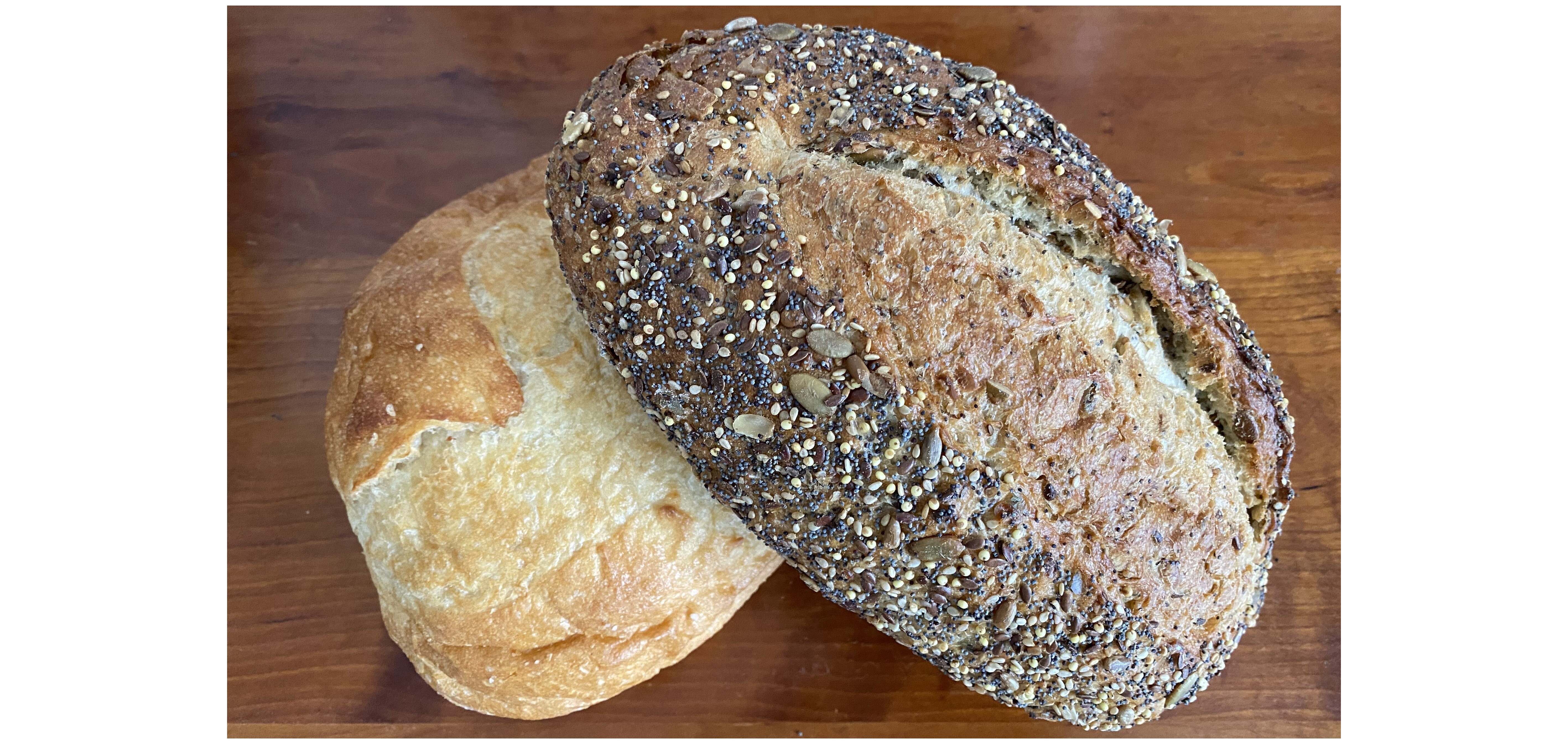Robert S. Sutor has been a technical leader and executive in the IT industry for over 40 years. More than two decades of that were spent in IBM Research in Yorktown Heights, New York USA. During his time there, he worked on and led efforts in symbolic mathematical computation, mathematical programming languages, optimization, AI, blockchain, and quantum computing. He is the author of Dancing with Qubits: How quantum computing works and how it can change the world and Dancing with Python: Learn Python software development from scratch and get started with quantum computing, also with Packt. He is the published co-author of several research papers and the book Axiom: The Scientific Computation System with the late Richard D. Jenks.
Sutor was an IBM executive on the software side of the business in areas including Java web application servers, emerging industry standards, software on Linux, mobile, and open source. He was the Vice President of Corporate Development and, later, Chief Quantum Advocate, at Infleqtion, a quantum computing and quantum sensing company based in Boulder, Colorado USA. He is currently an Adjunct Professor in the Department of Computer Science and Engineering at the University at Buffalo, New York, USA.
He is a theoretical mathematician by training, has a Ph.D. from Princeton University, and an undergraduate degree from Harvard College. He started coding when he was 15 and has used most of the programming languages that have come along.
Read more
































































